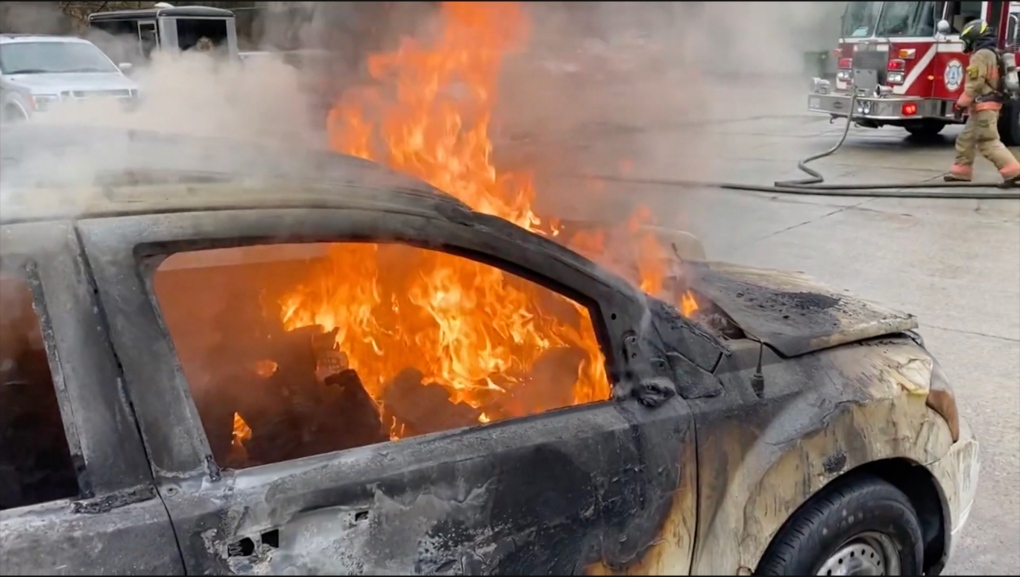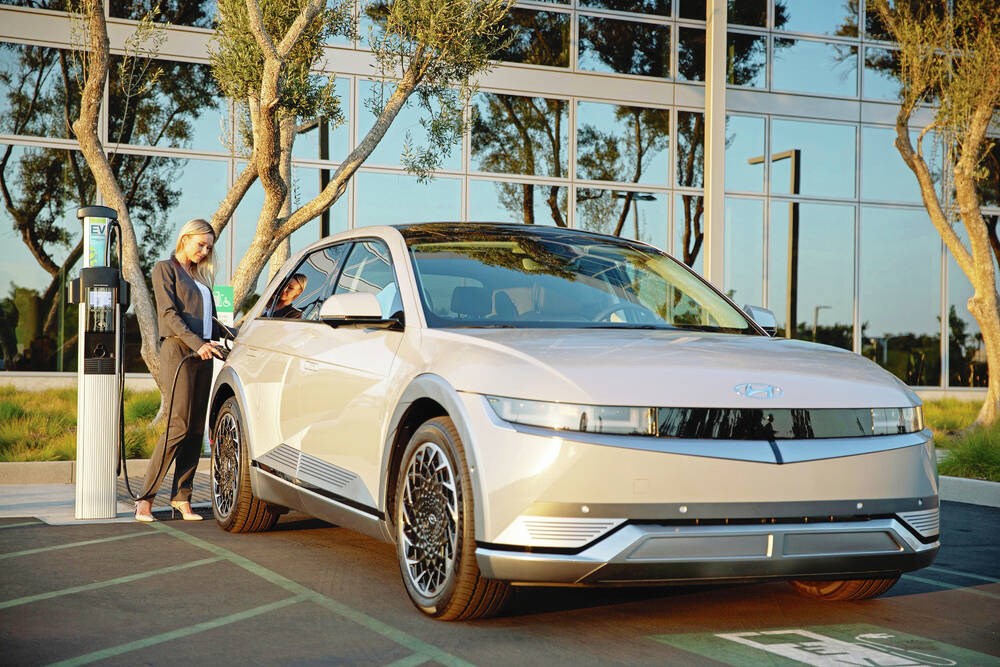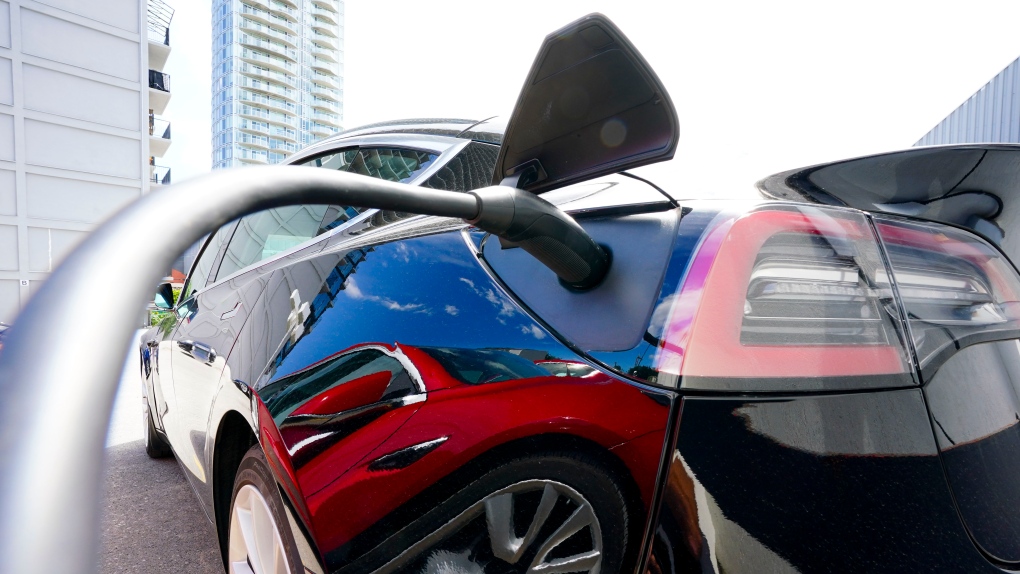EVs catch far alot more frequently than other types of vehicles...
Researchers from insurance deal site
Auto Insurance EZ compiled sales and accident data from the Bureau of Transportation Statistics and the National Transportation Safety Board. The site found that hybrid vehicles had the most fires per 100,000 sales at 3474.5. There were 1529.9 fires per 100k for gas vehicles and just 25.1 fires per 100k sales for electric vehicles.
And Fire Chiefs are worried...
Concerns are coming to light over how much water it takes to put out an electric vehicle (EV) fire. It comes as the federal government mandates all new vehicles to be electric by 2035.
“The technology of electric vehicles when they’re on fire is certainly changing faster than the fire service is keeping up with,” said Perth Fire Chief Bill Hunter, a firefighter educator.
Some fire services are sounding the alarm.
According to the International Association of Fire and Rescue Services, firefighters need to use up to 40 times more water to put out a fire in an EV compared to a standard gasoline car.
That’s about 40,000 gallons on average. Hunter said he’s heard reports that it has taken as much as 250,000 gallons of water to put out an EV fire, and that the vehicle can burn for days.
He said this is especially a concern for rural fire departments that don’t always have quick access to water to fight a fire.
Concerns are coming to light over how much water it takes to put out an electric vehicle (EV) fire. It comes as the federal government mandates all new vehicles to be electric by 2035.

london.ctvnews.ca
And the insurance implications are interesting...
ICBC scraps 2022 electric car after owners faced with $60,000 bill to replace damaged battery
Damage to the EV’s battery voided the vehicle’s warranty and the quoted $60,000 replacement was more than a new car was worth, so ICBC wrote off and scrapped the nearly new automobile.
Damage to the EV’s battery voided the vehicle’s warranty and the quoted $60,000 replacement was more than a new car was worth, so ICBC wrote off and scrapped the nearly new automobile.

www.timescolonist.com







